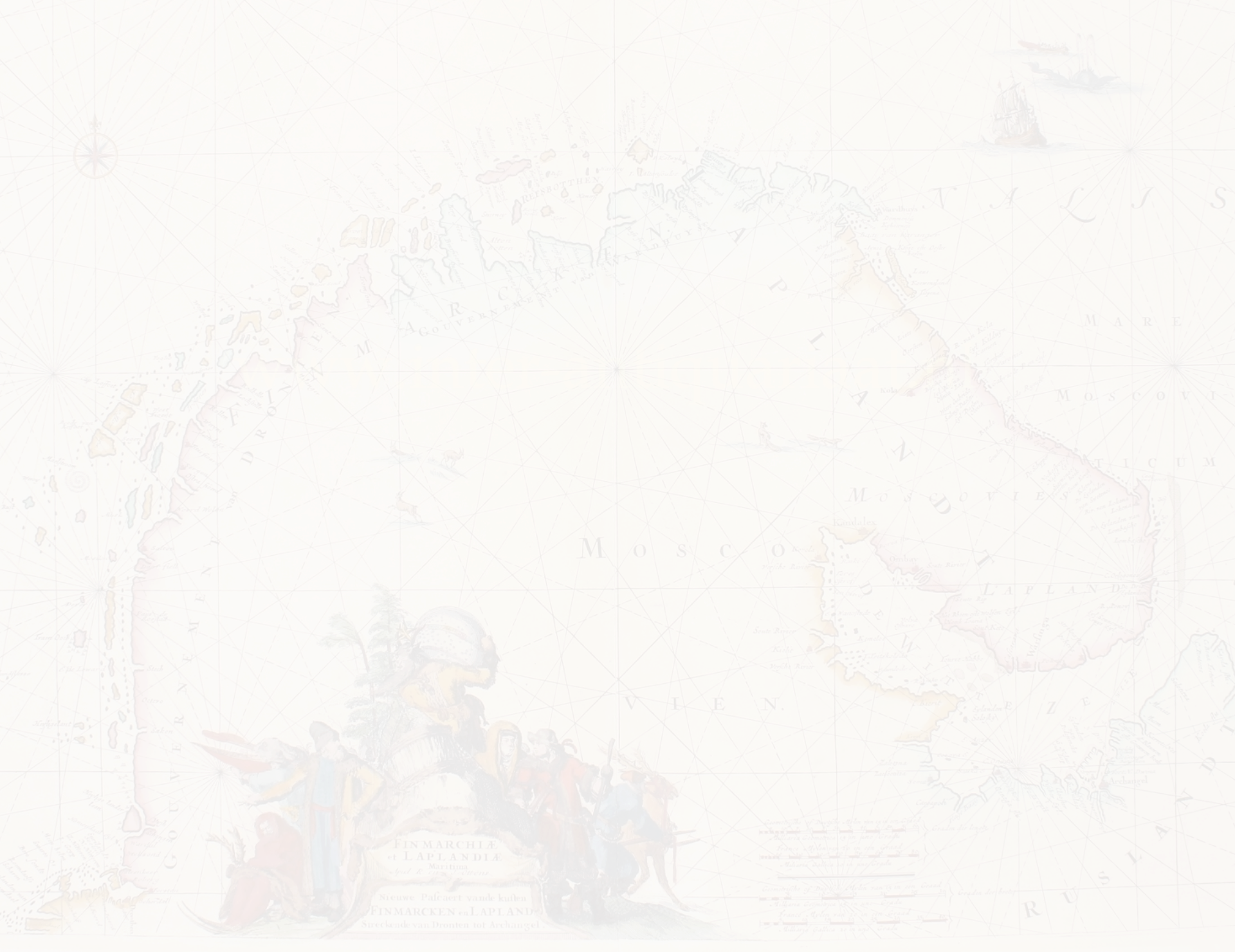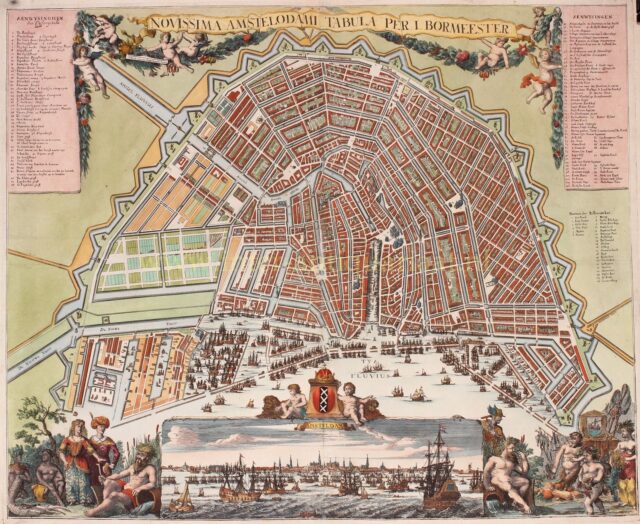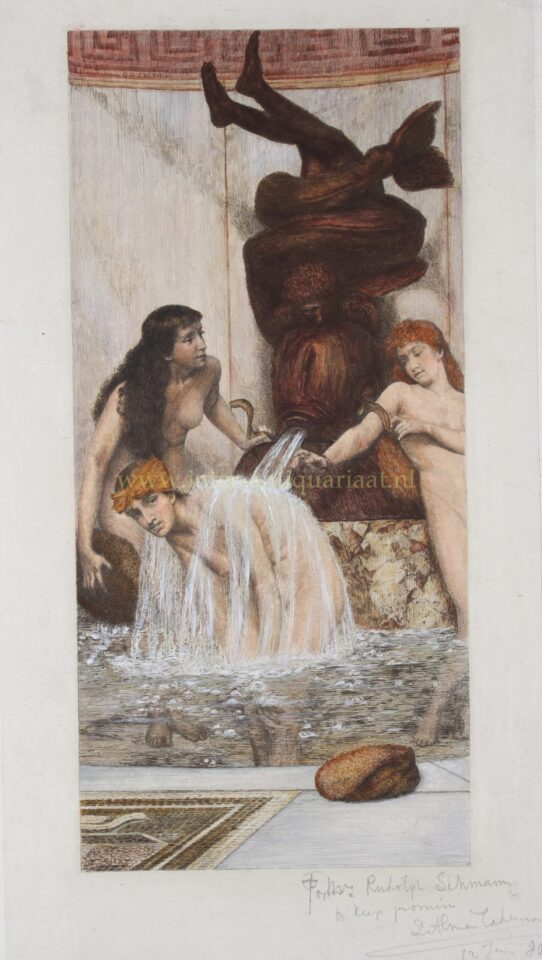Selling us antique maps, prints and drawings
The pieces we deal in are authentic and old, often centuries old, and are passed down from generation to generation or sold.
We are always interested in purchasing prints, maps, and/or drawings. Entire collections may also be of interest. If you are considering selling pieces, we would love to hear from you.
It is best to email us some images of the item(s). Usually, we can already tell from an image whether it is worth your while to bring the items in for appraisal.You may send us your images through email or with WhatsApp: +31653737422.
Please note that the pieces we buy and sell are (usually) at least 100 years old.







